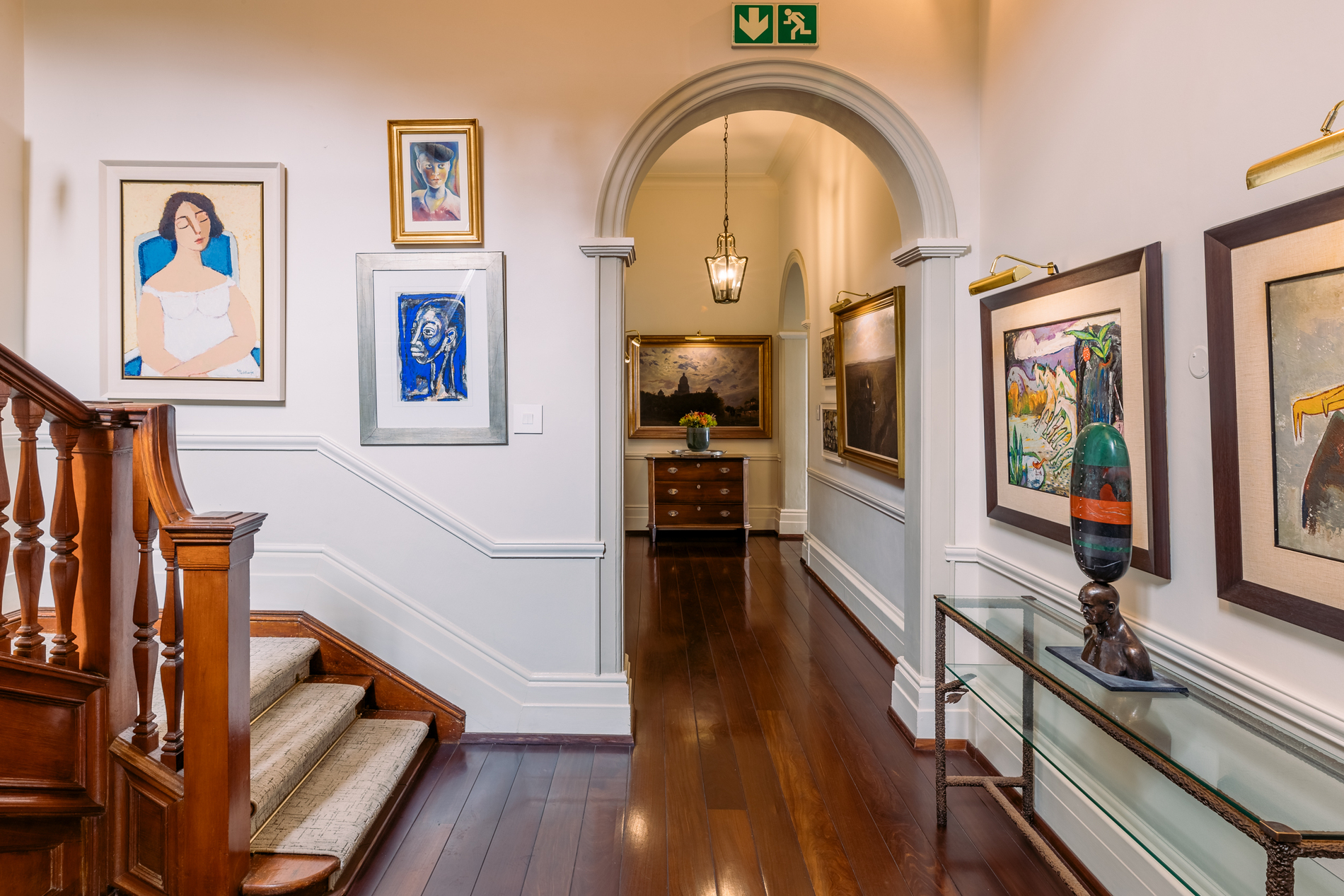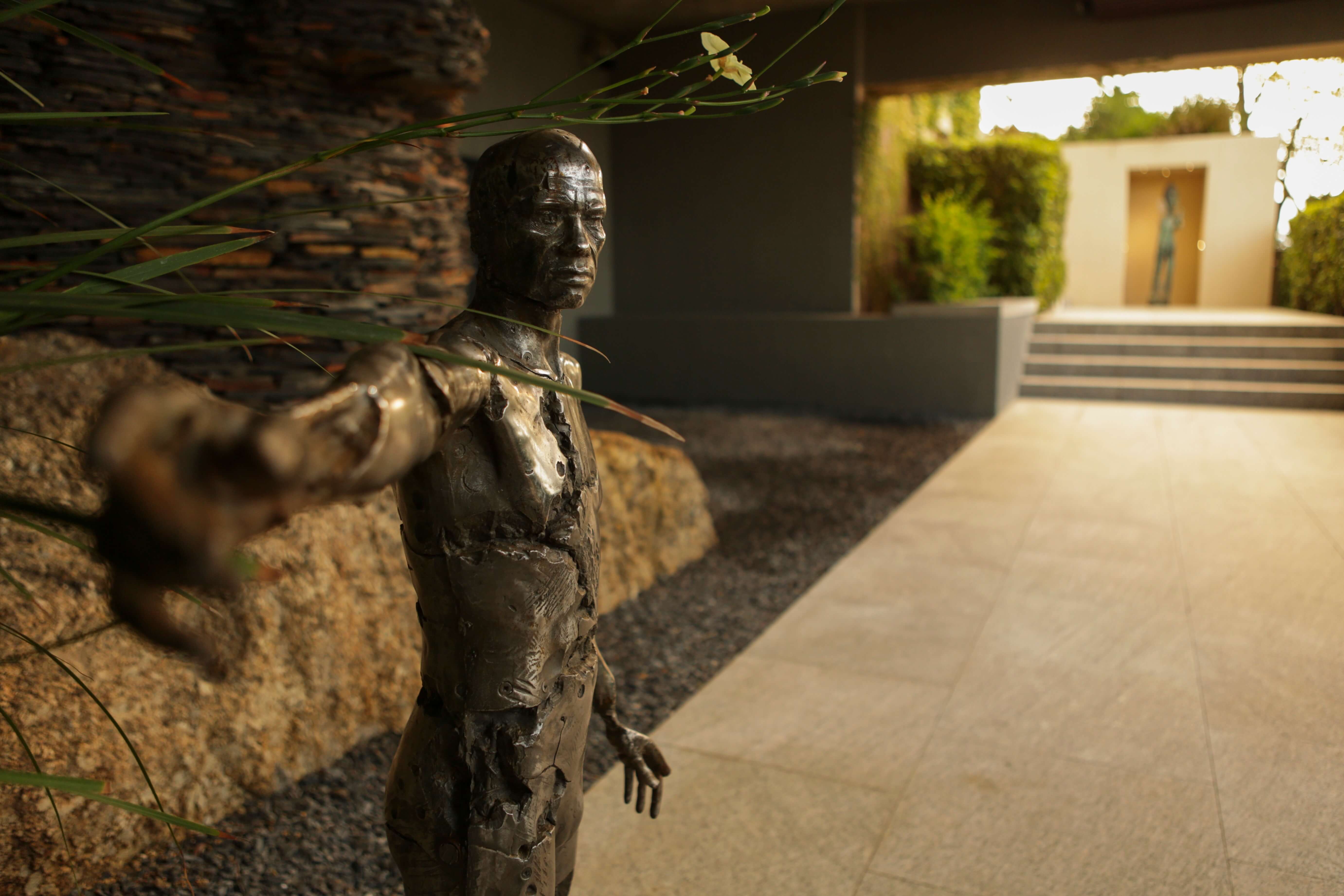Female artists (unlike their European counterparts) played an important role in the history of art in South Africa. Irma Stern, Maggie Laubser, Cecil Higgs and Maud Sumner were members of the New Group, and are the most famous female pioneer artists in South Africa. Lesser known artists such as Dorothy Kay, the Everard Group and Eleanor Esmonde-White also played an important role in early twentieth-century art circles in South Africa.
Dorothy Kay, who settled in Port Elizabeth from Ireland, was largely skeptical of ‘modern’ painting, and was known to be caustic about the work of Irma Stern. She was, however, well-respected for her portraits of local people; especially her ability to maintain an intense identification with her sitters. Her sympathy and respect for her fellow human beings are evident in The Travellers.
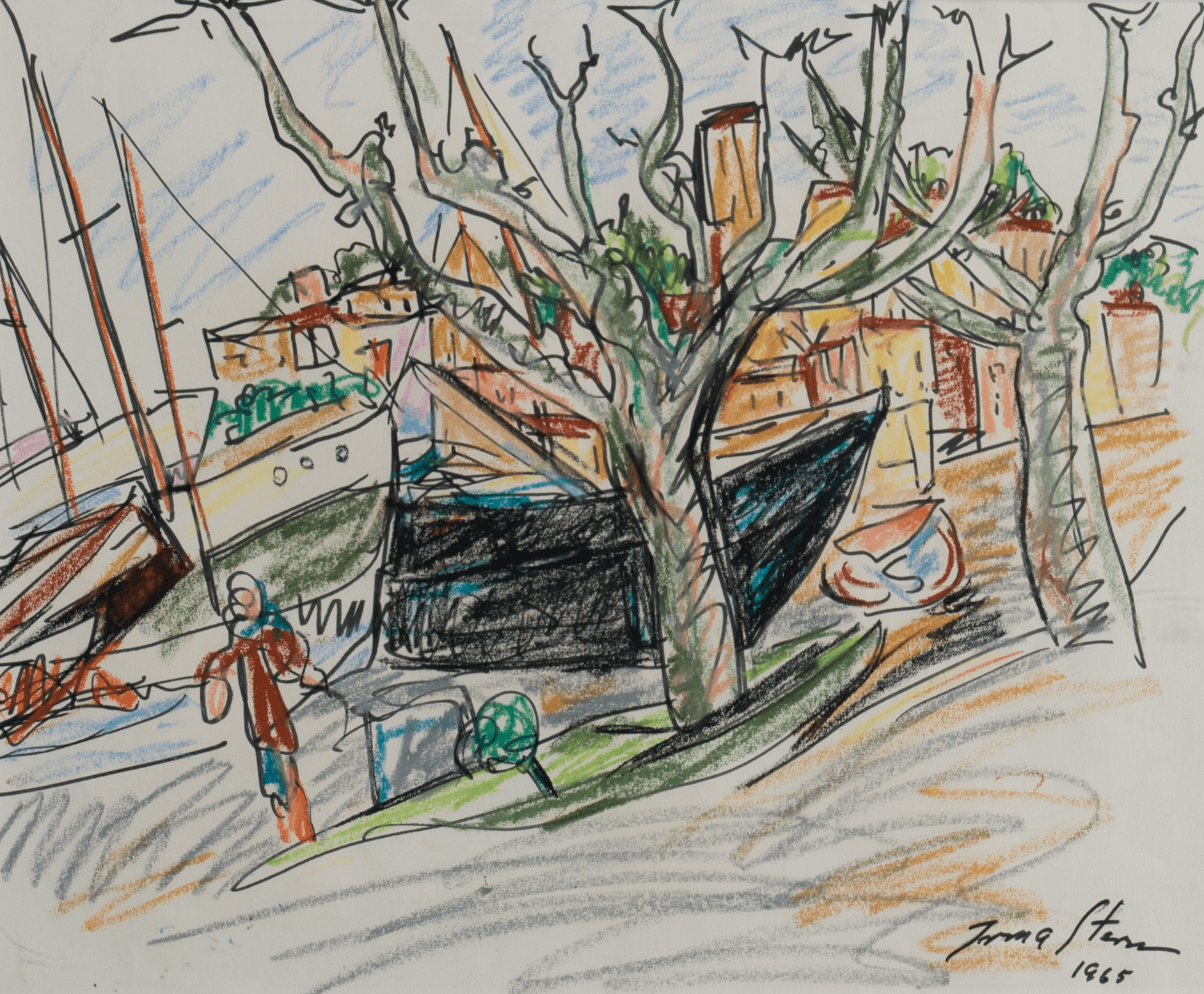
Irma Stern and Maggie Laubser studied in the Modernist tradition in Germany, where German Expressionism would shape and direct their work. To the more conventional eye, such as was prevalent in South Africa, these new trends were unacceptable. Stern and Laubser sought to break with the naturalistic genre of European representation that was popular in South Africa at that time.
They perceived traditional Western art as stifling. They believed that the notion of the so-called ‘primitive’, such as the indigenous people from Africa, were closer to nature, and therefore more free and innocent.Irma Stern, in particular, had an affinity for the idyllic state of people she referred to as ‘free natives’. She embraced the theories of the primitive by celebrating the stereotype of the ‘noble savage’. She thought Europeans were hostile towards people with innate natural simplicity and virtue, and combined this concept of the primitive with the aesthetics of German Expressionism.
Stern needed to live and work amongst her subjects so that she could experience their fundamental nature. She explored Southern Africa, Zanzibar, the Congo region, as well as Dakar, Senegal, Madeira, Swaziland, Pondoland, Namaqualand and the Eastern Cape. In Portrait of a Girl, the awareness of the individual is evident; the glimmer of the person behind the façade is tangible.
Stern was born in Schweizer-Reneke, Transvaal, to German-Jewish parents. When the British occupied the Transvaal and Orange Free State during the Boer War in 1900, her father and uncle were detained, and the family left for Germany upon their release. Stern studied in Germany at the Weimar Academy, and after her first exhibition in Berlin she returned to Cape Town in 1920. She held almost one hundred solo exhibitions, and travelled extensively in France, Italy and Spain, but refused to exhibit in Germany during the period 1933 to 1945. Although her work was accepted in Europe, Stern’s critics in South Africa derided her early exhibitions. In 1927, she settled down to live in The Firs in Rondebosch where the Irma Stern Museum was established in 1971.
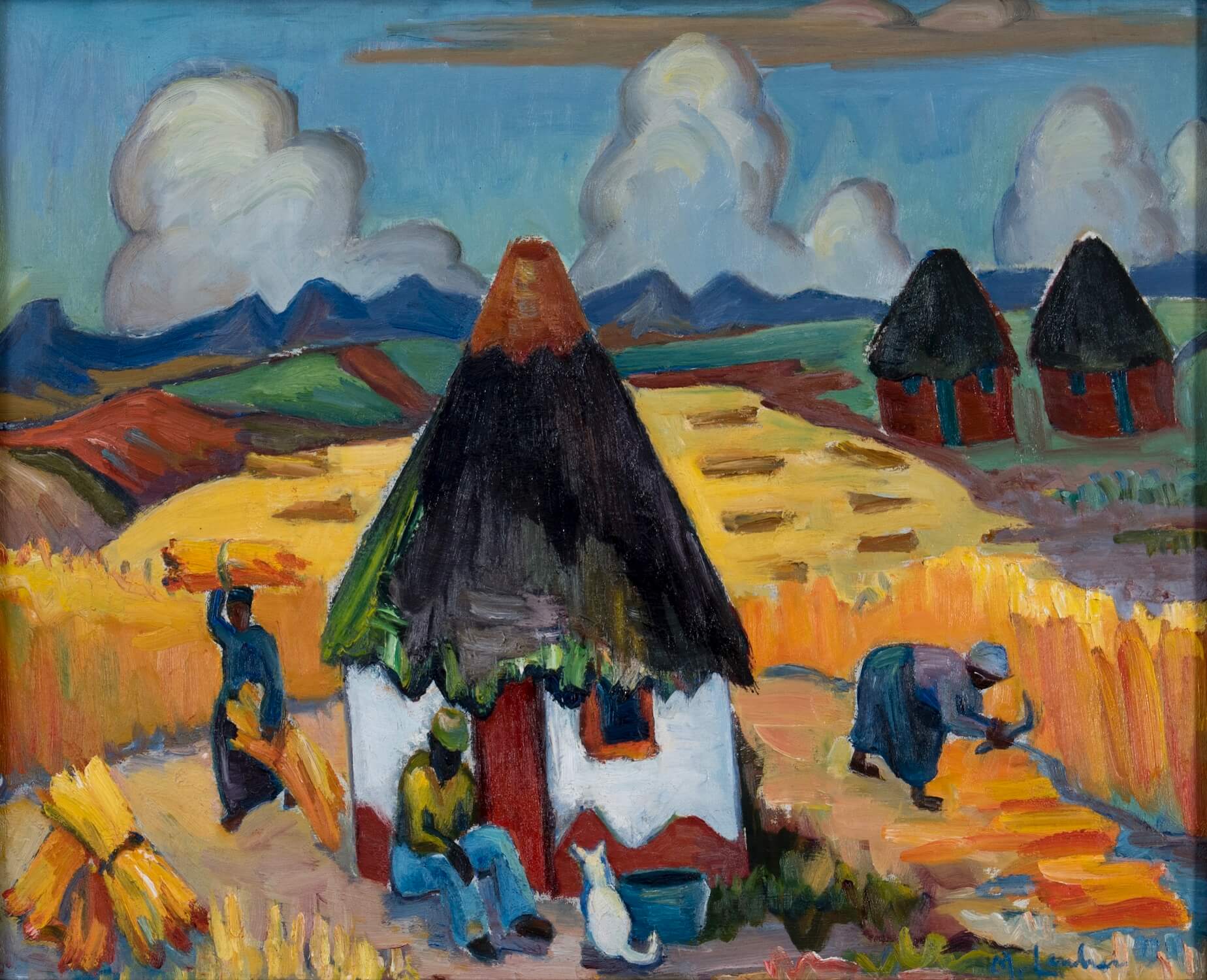
Maggie Laubser was born on a farm in Malmesbury, in the Swartland district, and her subject matter remained that of rural farm life. She was initially influenced by the landscapes of Roworth, who encouraged her to study art in the Netherlands. She worked in the studio of Anton Mauve, who was an important influence on Vincent van Gogh. At the outbreak of World War I, she went to London and studied at the Slade School of Art. She also travelled extensively to Belgium, Italy and Germany, where she met up with Irma Stern and they were both influenced by German Expressionism; especially the work of Franz Marc, Emil Nolde, Karl Schmidt-Rottluff and Max Pechstein. Laubser returned to South Africa in 1924 and met Moses Kottler and Gregoire Boonzaier, who were founding members of the New Group. After her return to South Africa, her work was met with vehement criticism by the press. Ironically, Laubser received all the top art awards during her life and produced almost two thousand artworks.
The simplicity of Laubser’s work emulated the child-like vision of Franz Marc of the German Blaue Reiter group, and displayed the peasant-like simplicity of form later used by immigrant artists such as Frans Claerhout and Pranas Domsaitis. The formal qualities of Laubser’s works are those of the Blaue Reiter, and do not directly refer, or grow out of African forms or those of any other rural cultures.
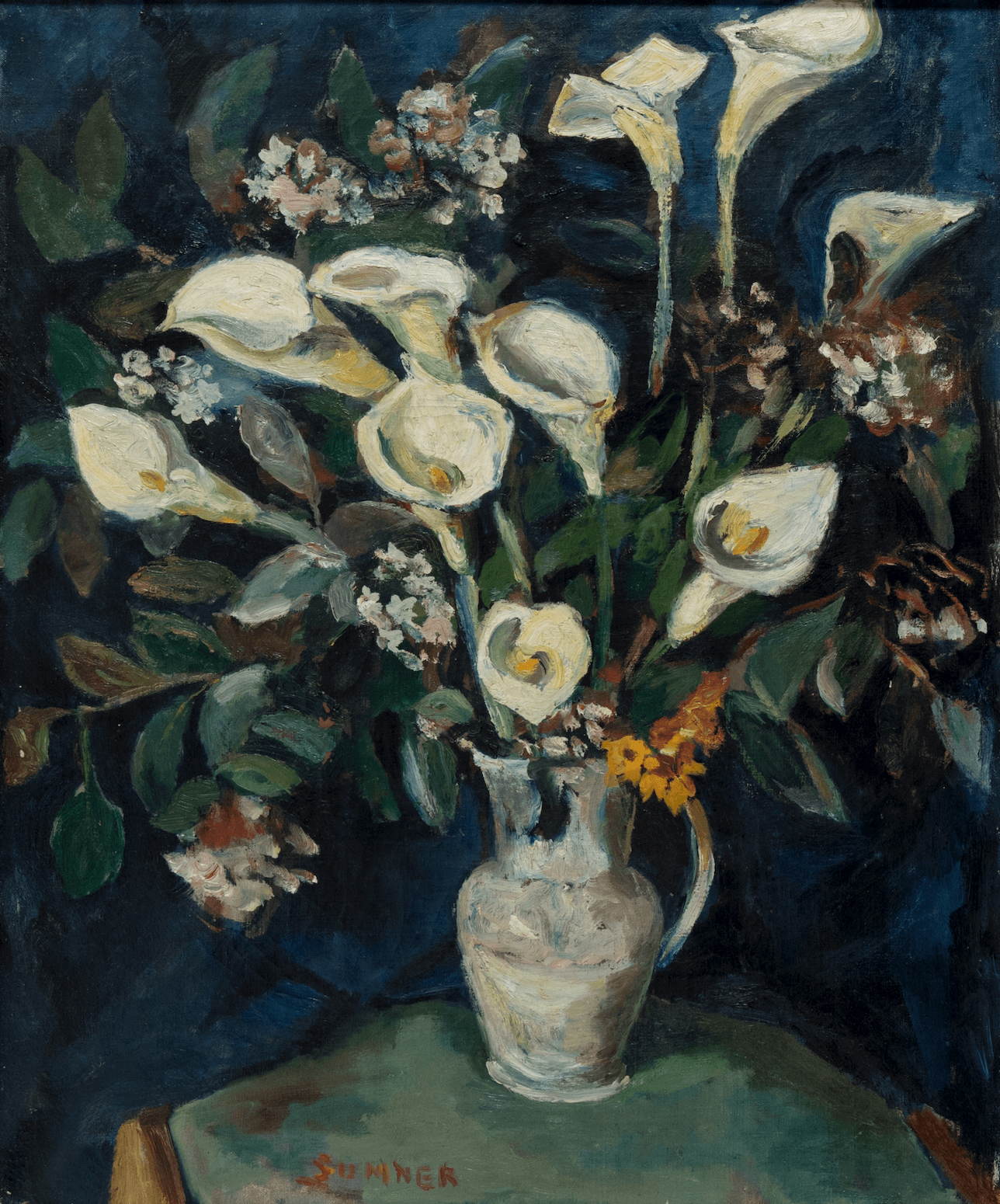
Maud Sumner was an educated, articulate and independent woman who received an MA in literature from Oxford University and studied art in London and Paris. Abstraction and strong colour became features of her work after her European studies. She later began to produce more experimental work, and continued to travel between London, Paris and Johannesburg. It was only in the later years that the vast spaces, simplicity and intense colour of her native South Africa began to influence her art.
A unique family of four female painters, referred to as the Everard Group, produced the bulk of their artworks on the family farm in the remote district of Carolina in the Eastern Transvaal (now Mpumalanga). Although this family of artists was isolated from current art movements in Europe, by means of their letters we know they read and responded to critical writings of the Bloomsbury Group in England, with aesthetic intelligence. Ruth Everard Haden was the daughter of Bertha Everard.
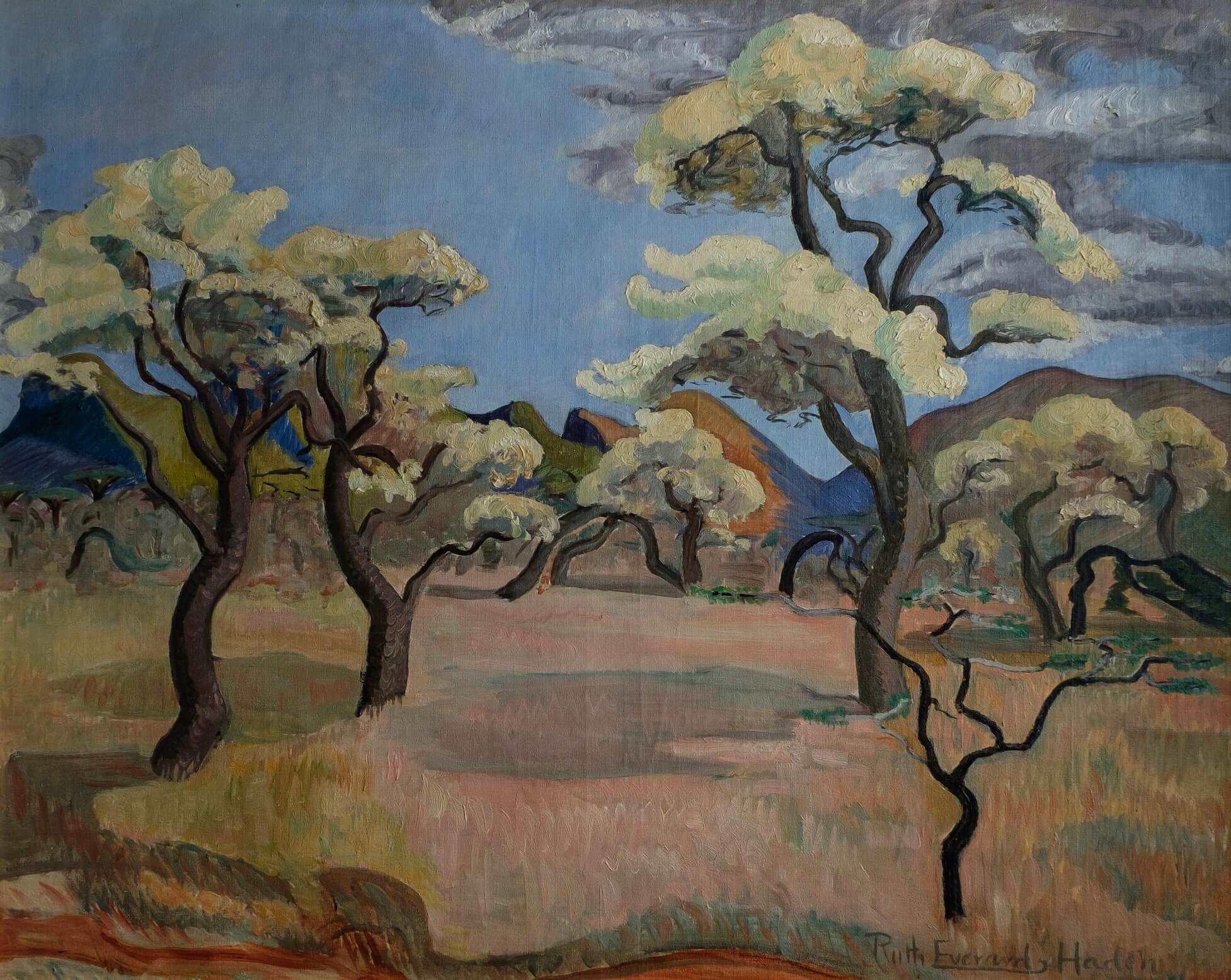
Everard Haden’s paintings are typical of the fundamental structure of the Carolina district, with its convoluted mountains, corrugated valleys and the Komati River running through the grasslands and the flowering trees. Her style echoes the French spirit of the Fauves and the emphasis she placed on form and structure is reminiscent of Cézanne.
In the early 1900s, Cecil Higgs grew up in the hot and dusty Orange Free State, which provided lifelong inspiration for her work. She studied art at the Grahamstown School of Art, the Royal Academy in London and at the Académie de la Grande Chaumière in Paris. Although Higgs’ paintings all developed from an objective visual point of departure, they were never mere descriptions of the subjects, but she very rarely converted her subject matter into abstract conceptions. There is a subtle equilibrium in her paintings between the real and the imagined, and the recognisable and the unknown.
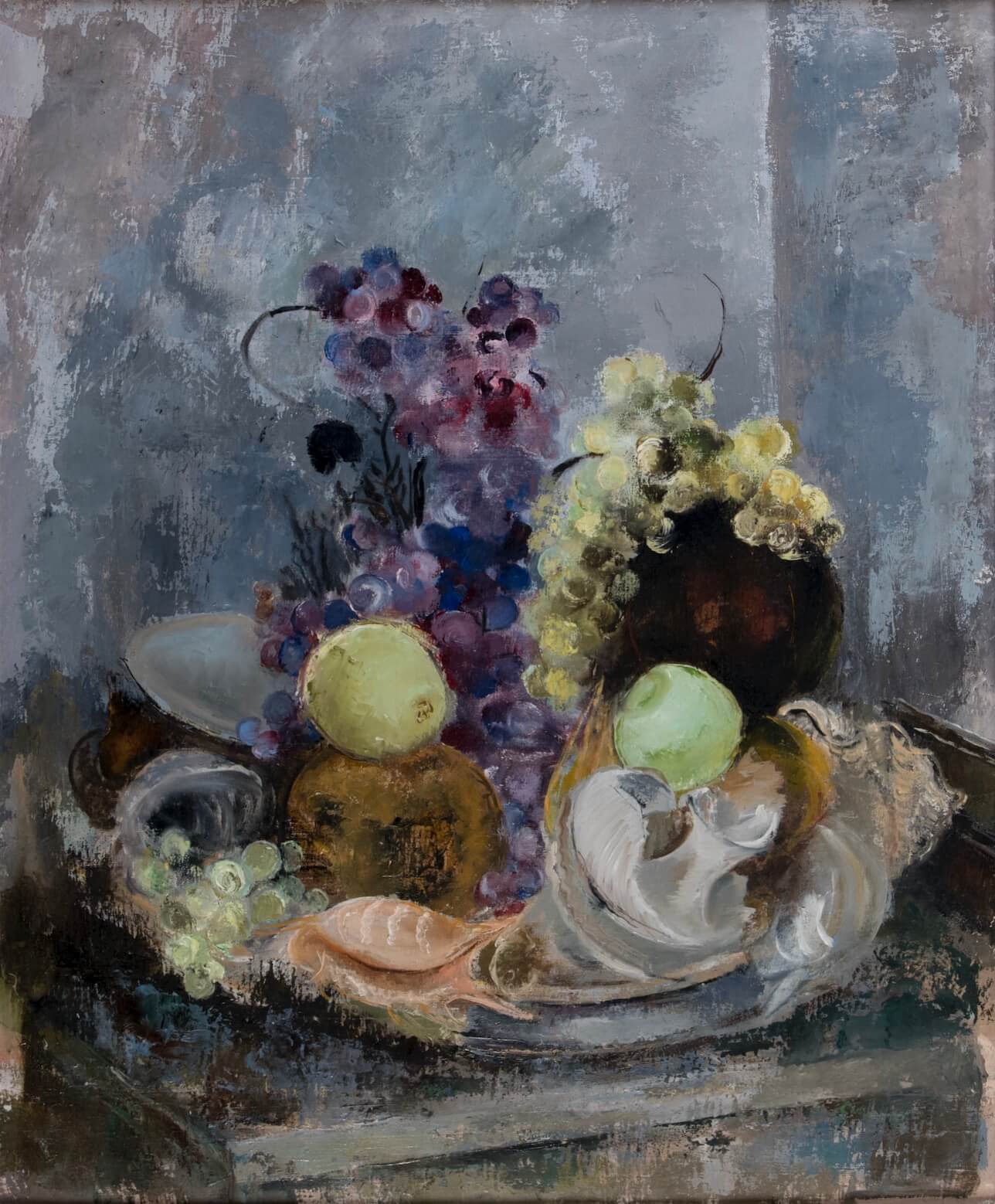
A contemporary of Higgs was Eleanor Esmonde-White, who spent two years in London painting a mural for South Africa House. She studied mural painting there, and after returning to South Africa, she joined the New Group, and established the Department of Design at the Michaelis School of Art in Cape Town. Esmonde-White’s figure studies of women engaged in daily tasks are her dominant theme, and are much sought after today.
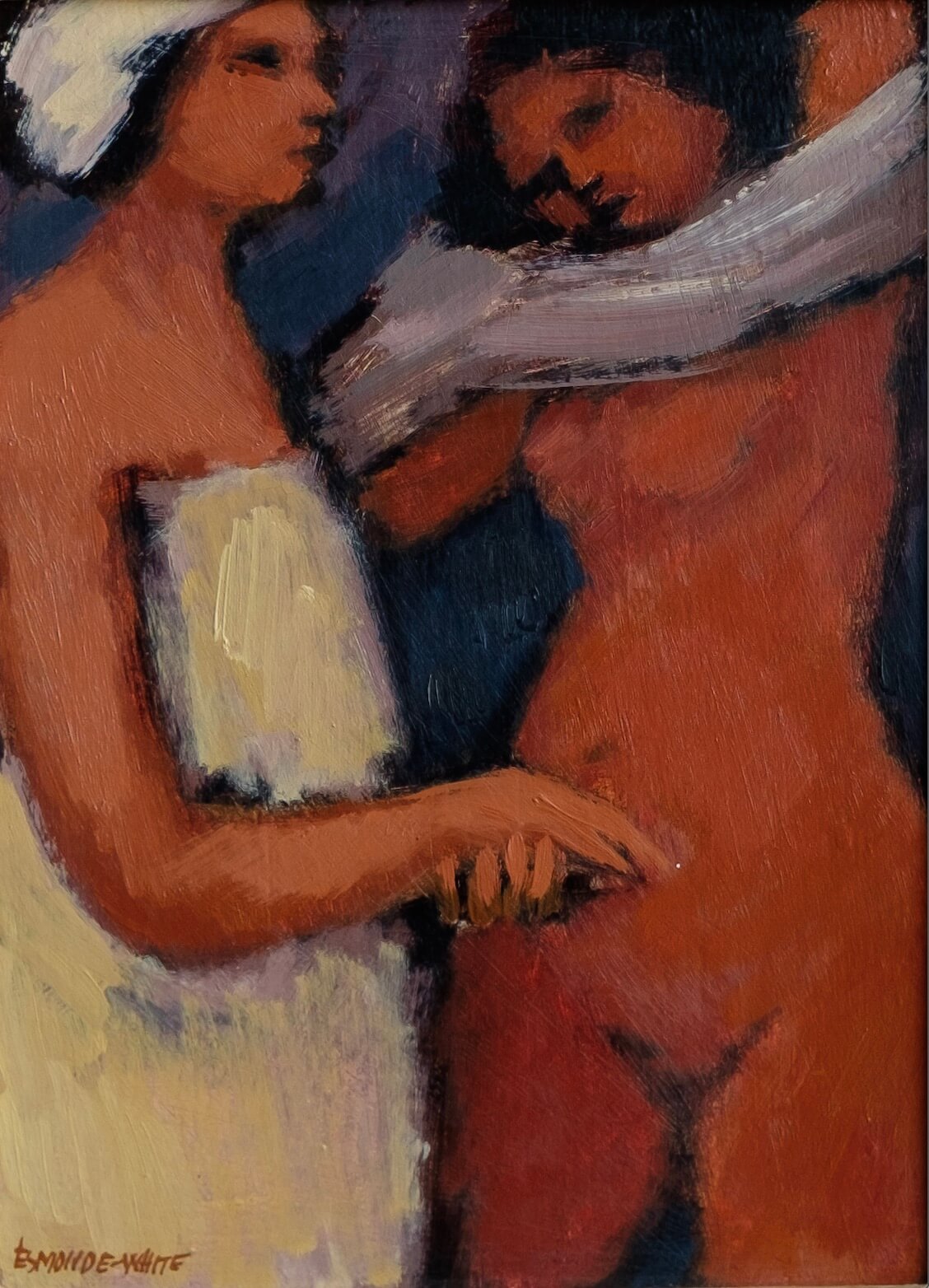
Keep following us on our social media channels for more news on art, wine, cuisine and how to keep on dreaming of future travel with us.
